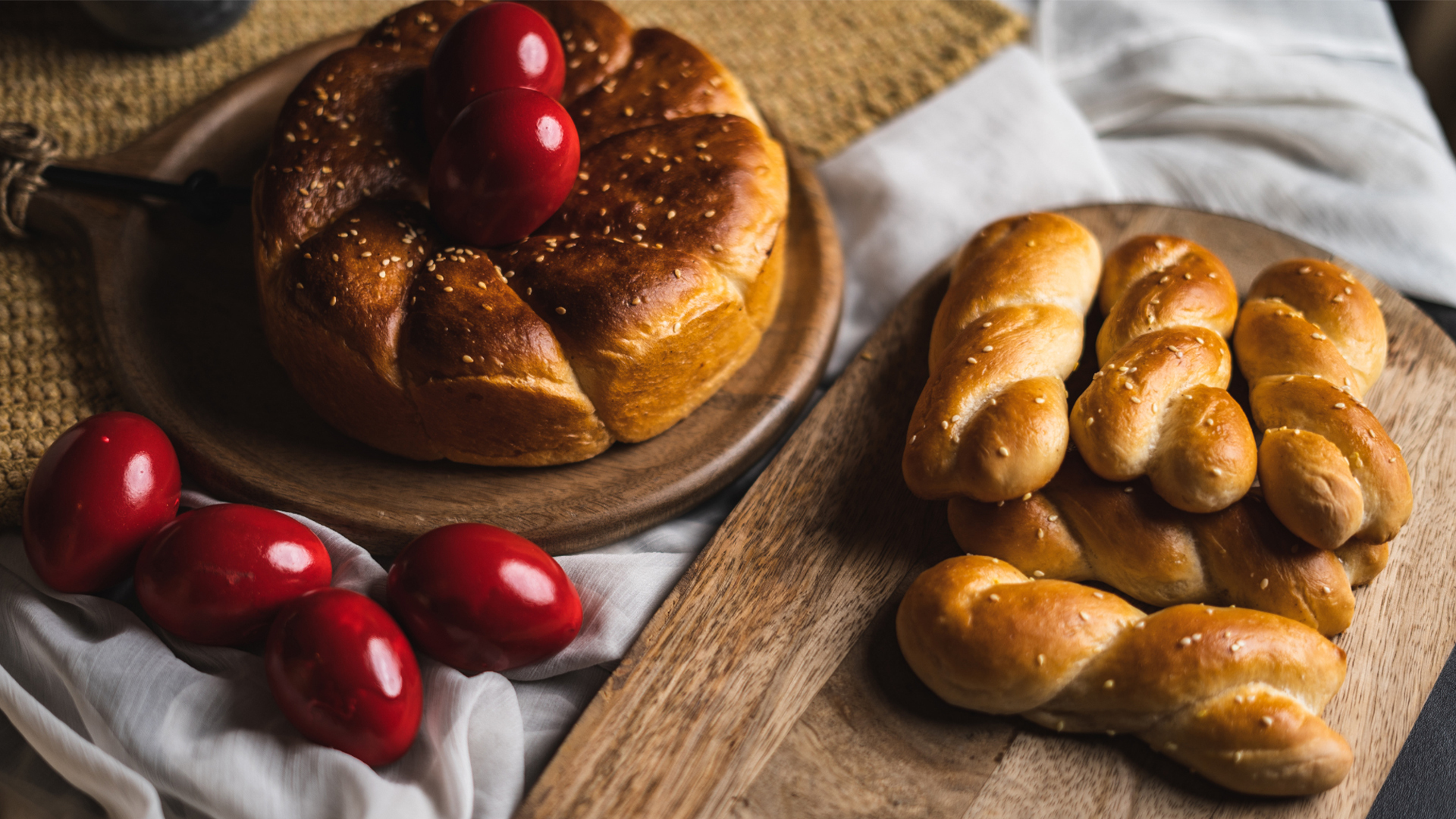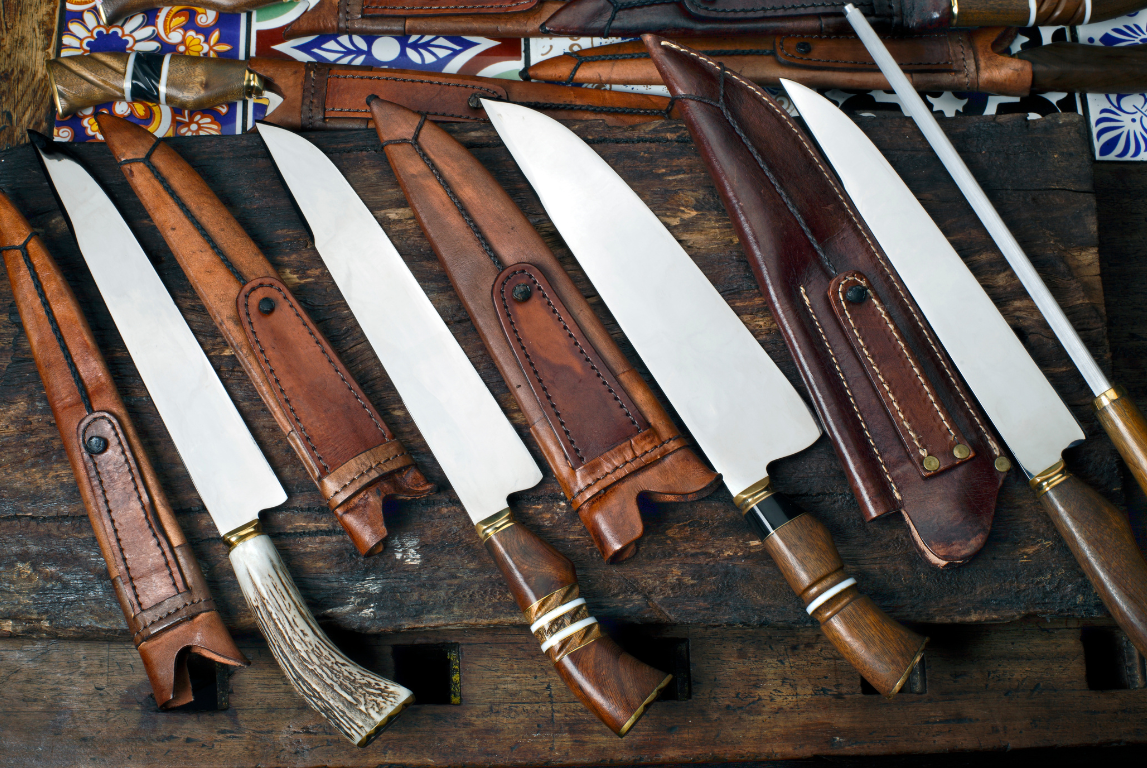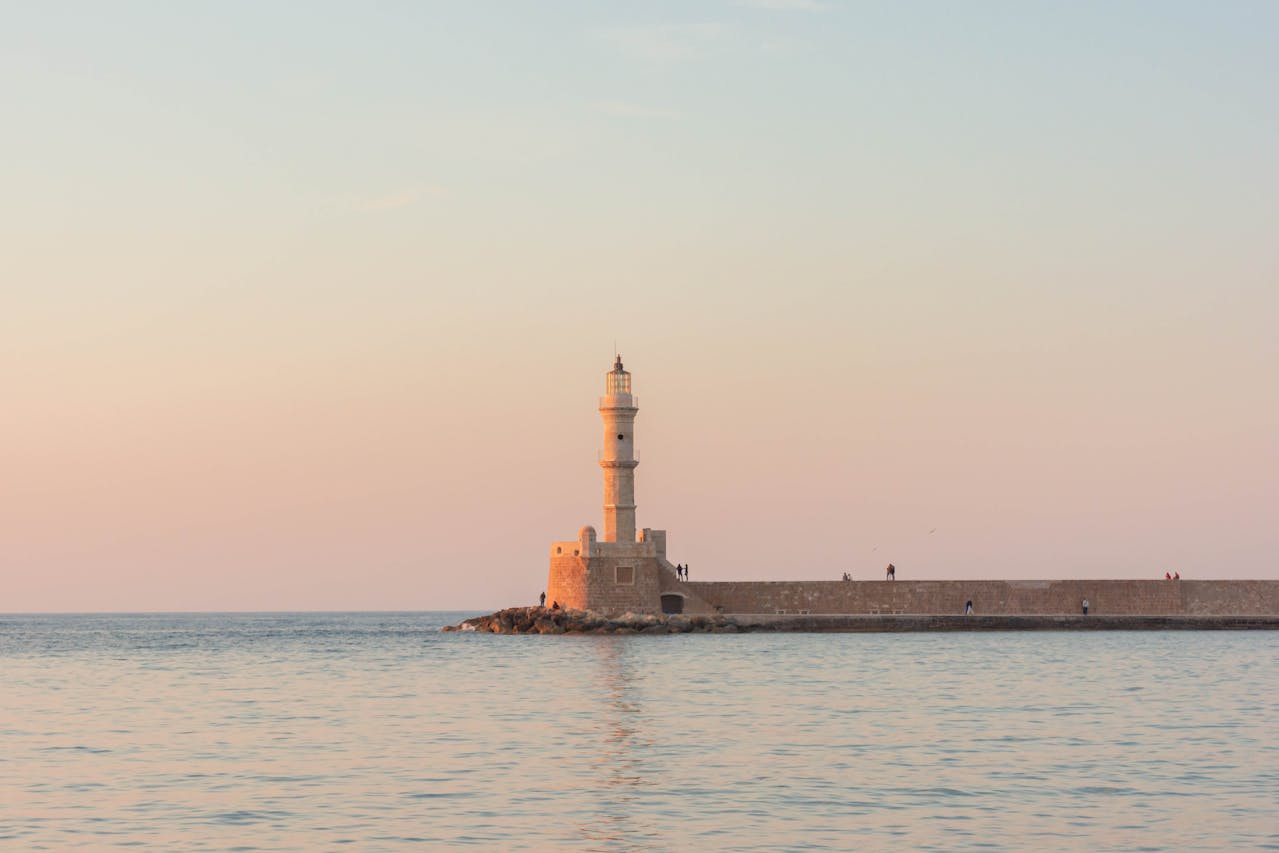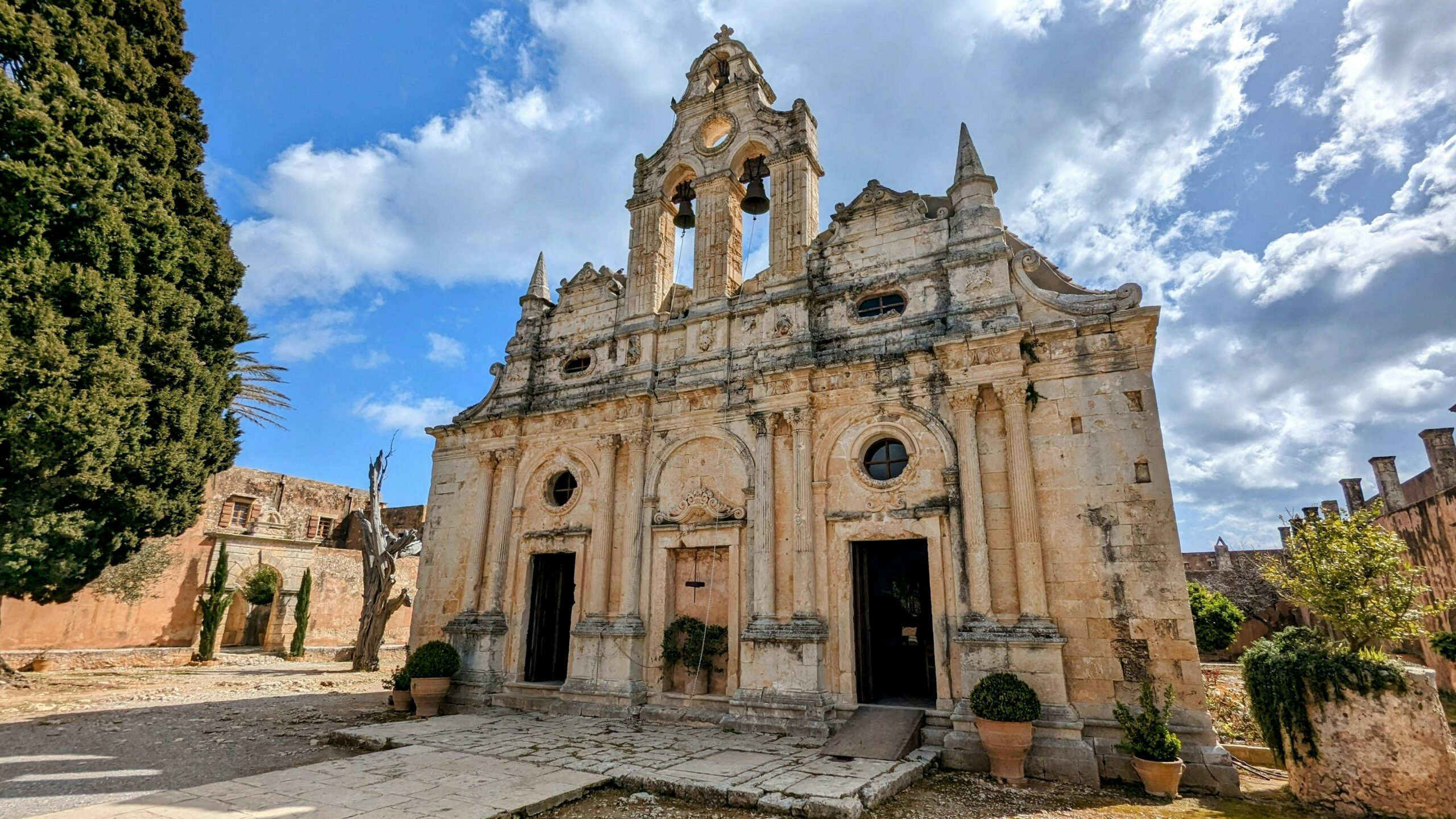The Cretan knife is more than just a tool, it is a symbol of tradition,…

Exploring Cretan Easter Cuisine: Must-Try Dishes
Easter in Crete is a time of celebration, reflection, and, of course, food! The island’s rich culinary tradition comes to life during this special time, with dishes that have been passed down through generations. Cretan Easter cuisine is deeply tied to the island’s religious and cultural practices, offering a unique glimpse into the heart of Crete’s traditions. Here are some must-try dishes that define Cretan Easter and will surely make your visit unforgettable.
1. Magiritsa (Maggiritsa)
One of the first dishes that greets the Cretan Easter feast is magiritsa, a traditional soup typically enjoyed after the midnight resurrection service. Made with lamb offal, fresh herbs, and a delicious egg-lemon sauce (avgolemono), this dish is both rich in flavor and deeply symbolic, marking the end of Lent and the beginning of the Easter celebration. Though magiritsa might be an acquired taste for some, its comforting warmth and cultural significance make it a must-try during Easter on the island.
2. Roast Lamb
No Cretan Easter would be complete without roast lamb. This dish is the centerpiece of the Easter feast. The lamb is often slow-cooked over an open fire, seasoned with olive oil, garlic, and a variety of fresh herbs such as oregano, which grow abundantly on the island. The result is tender, juicy, and flavorful meat that brings families and friends together. It’s common to see the lamb cooked on a spit, offering a perfect blend of crispy skin and soft, succulent meat. The slow-cooking process over the fire makes it especially delicious and memorable.
3. Koulourakia (Easter Biscuits)
A plate of koulourakia is a must-have during Easter in Crete. These delicious buttery biscuits, often shaped into intricate braids or twists, are flavored with orange zest, vanilla, and a hint of cognac. Not only do koulourakia delight the taste buds, but their rich golden color and crisp texture also make them a beautiful addition to the Easter table, beloved by both locals and visitors alike.
4. Tsoureki (Easter Bread)
Another sweet treat that graces Cretan tables during Easter is tsoureki, a traditional braided bread flavored with mahleb (a spice made from cherry pits) or mastic. The bread is soft, slightly sweet, and has a fragrant aroma that fills the kitchen. In Crete, it’s common to find a red egg baked into the middle of the tsoureki, symbolizing the resurrection of Christ. Breaking the bread together is a symbolic gesture that adds a special touch to the festive meal.
5. Cretan Cheese (Mizithra and Graviera)
Cretan cheeses such as mizithra (a soft cheese made from sheep’s milk) and graviera (a semi-hard, aged cheese) are essential parts of the Easter spread. These cheeses are often served with a variety of other dishes or enjoyed on their own with a glass of local wine. Mizithra can be used in both savory and sweet dishes, while graviera is often enjoyed as a snack or as part of a mezze spread. Their rich, savory flavor complements the festive mood and adds another layer of authenticity to the Easter feast.
6. Easter Wine
During Easter in Crete, it’s impossible to imagine the feast without a glass of rakomelo, a warm drink made from raki, honey, and spices or a refreshing glass of local wine. Cretans are proud of their winemaking heritage, and during Easter, they serve wine from local vineyards, often accompanied by festive cheers and toasts. The rich flavors of Cretan wine, especially red and rosé varieties, pair wonderfully with the dishes enjoyed during the Easter feast. Rakomelo adds a warming and sweet touch, perfect for celebrating the season.
Cretan Easter cuisine is a true reflection of the island’s cultural heritage. The flavors of lamb, sweet pastries, and locally made cheeses evoke a sense of tradition and community that is central to Easter celebrations on the island. Don’t miss the chance to experience these delicious dishes next time you find yourself on the island during Easter!



